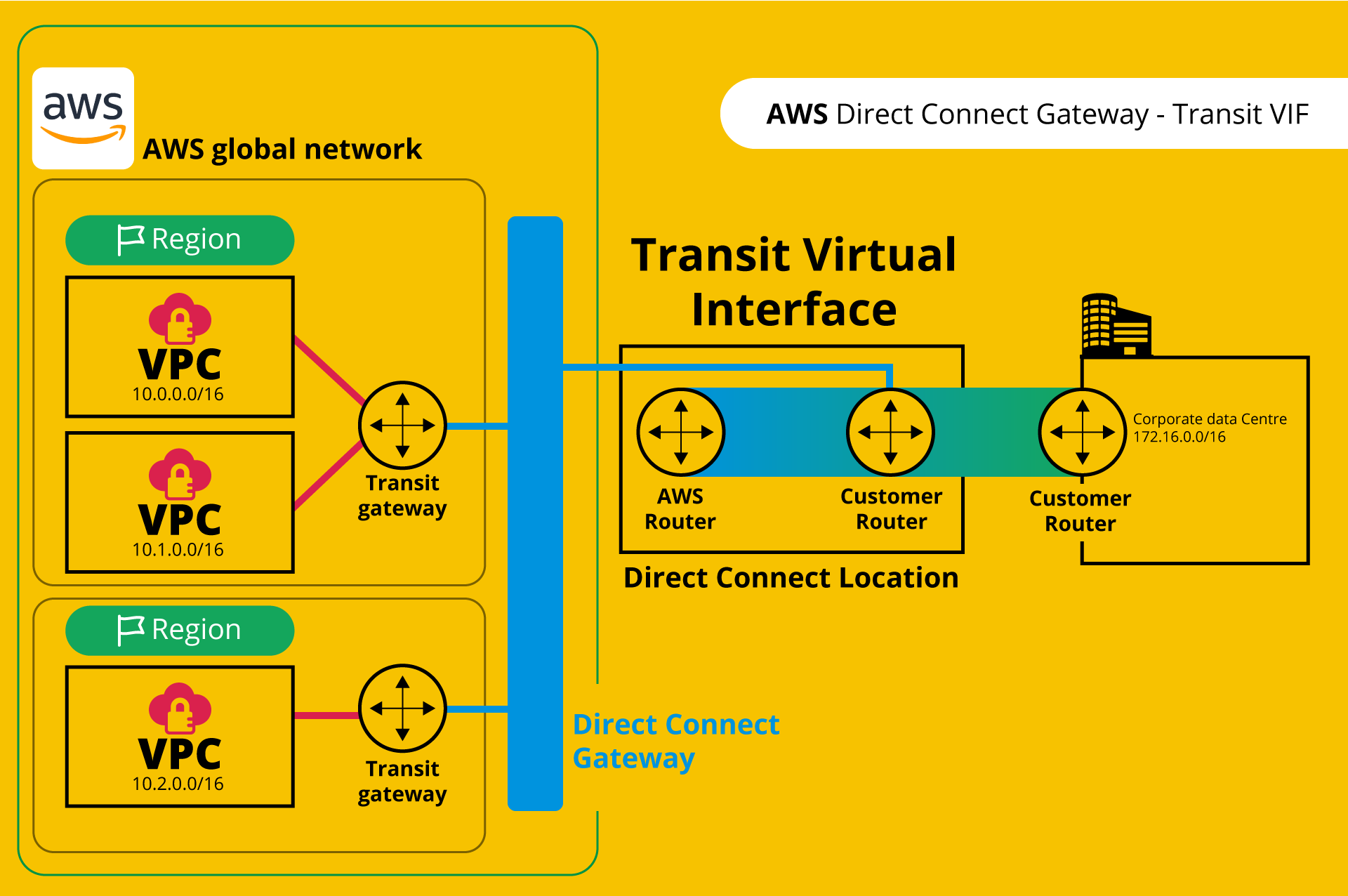2020 Blog, Blog
The industry has witnessed a remarkable evolution in Cloud, Virtualization, and Networking over the last decade. From a futuristic perspective, enterprises should structure the cloud including account creation, management of cloud; and provide VPC (Virtual Private Cloud) scalability and optimize network connectivity model for clouds.
Relevance Lab focuses on optimizing network connectivity model using AWS VPC and services. We are one of the premium partners of AWS and with our extensive experience in cloud engineering including Account Management, AWS VPC and Services, VPC peering and On-premises connectivity. In this blog, we will cover a more significant aspect of connectivity.
As an initial step, we help our customers optimize account management, including policies, billing, structuring the accounts and automate account and policy creations with pre-built templates. Thereby we help leverage AWS Control tower and landing zone.
Distributed Cloud Network and Scalability Challenges
As the AWS cloud Infrastructure and applications are distributed across the globe including North America, South America, Europe, China, Asia Pacific, South Africa, and the Middle East, it brings in much-anticipated scalability issues. Hence, we bring in the best practices while designing the cloud network, including:
- Allocate VPC networks for each region; make sure this does not overlap with On-premises and across VPC peering.
- Subnet sizes are permanent and cannot change, leave ample room for future growth.
- Create EC2 instance growth chart considering your Organization, Customer, and partner’s requirements and their Global distribution. Forecast for the next few years.
- Adapt to the Route scalability supported by AWS
AWS Backbone provides you private connectivity to AWS services, and hence no traffic leaves the backbone, and it avoids the need to set up NAT gateway to connect to the services from On-premises. This brings in enhanced security and cost-effectiveness.
Amazon S3 and DynamoDB services are the services supported behind Gateway Endpoint, and these are freely available to provision.
VPC Peering is the simplest and secure way to connect between two VPCs, and one VPC cannot transit the traffic for other VPCs. The number of peering requirements is very high among the enterprises due to these design challenges, and it grows as the VPC scales. hence, we suggest the VPC peering connectivity model if the number of VPC’s are limited to 10.
On-premises connectivity models for cloud – Our Approach
The traditional connectivity model which connects site-to-site VPN between VGW (Virtual Private Gateway) and Customer gateway provides lesser bandwidth, less elastic and cannot scale.
A direct connect gateway may be used to aggregate VPC’s across geographies. Relevance Labs recommends introducing a transit gateway between VGW and Direct Connect Gateway. This provides a hub and spoke design for connecting VPCs and on-premises datacentre or enterprise offices. TGW can aggregate thousands of VPCs within a region, and it can work across AWS accounts. If VPCs across multiple geographies are to be connected, TGW can be placed for each region. This option allows you to connect between the on-premises Data Center and up to three TGWs spanning across regions; each of them can aggregate thousands of VPCs.

This model allows connecting to the colocation facility between VPC & Customer Data Center and provides bandwidth up to 40 Gig through link aggregation.
Relevance Lab is evaluating the latest features and helping the Global Customers to migrate to this distributed cloud model which can provide high Scalability and bandwidth along with cost optimization and security.
For more information feel free to contact marketing@relevancelab.com
